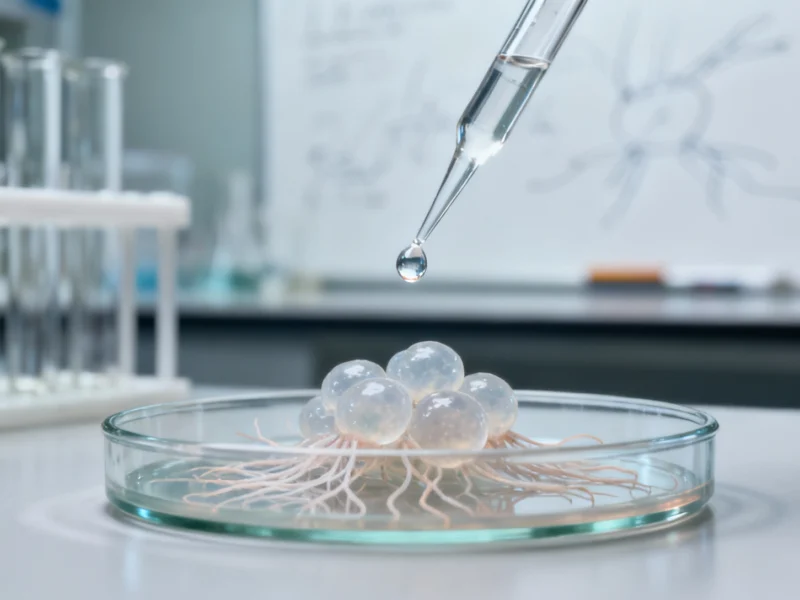The Evolution of Dental Prosthetics Manufacturing
Removable dental prosthetics have long been a cornerstone of dental rehabilitation, yet their development continues to evolve toward greater precision, comfort, and functionality. The foundation of these devices lies in their metal frameworks, where material selection and manufacturing methodology significantly influence clinical outcomes. Traditional casting methods, while historically significant, present numerous challenges including dimensional inaccuracies, porosity, and limitations in producing complex geometries. The emergence of additive manufacturing technologies has revolutionized this field, offering unprecedented design freedom and mechanical optimization.
Selective Laser Melting: A Paradigm Shift in Dental Manufacturing
Selective laser melting (SLM) represents a transformative approach to dental prosthesis fabrication. This advanced manufacturing technique utilizes high-power laser beams to selectively fuse metal powder particles layer by layer, building complex structures with exceptional precision. Unlike conventional methods, SLM minimizes material waste while enabling the production of anatomically accurate components with superior mechanical properties. The technology’s growing adoption across dental and medical implant sectors underscores its potential to enhance patient-specific treatments and clinical outcomes.
The advantages of SLM extend beyond dental applications, influencing broader industry developments in materials science. As researchers continue to push boundaries in material capabilities, dental medicine stands to benefit significantly from these cross-disciplinary advancements.
Mechanical Properties Showdown: Titanium vs. Cobalt-Chromium
A recent comparative study examining Ti6Al4V (titanium alloy) and Co-Cr (cobalt-chromium) alloys manufactured via SLM has revealed compelling differences in mechanical behavior. Researchers conducted rigorous testing following ISO 9693-1 standards, employing three-point bending tests and Micro-Vickers hardness measurements on specially prepared specimens.
The findings demonstrated no statistically significant difference in stress values between the two materials (P=0.087). However, titanium alloy exhibited distinct advantages in several key areas: higher strain capacity, lower modulus of elasticity, and reduced microhardness compared to its cobalt-chromium counterpart (P<0.05). These mechanical characteristics translate to important clinical benefits, including enhanced flexibility and potentially improved patient comfort.
Clinical Implications of Material Selection
The mechanical profile of Ti6Al4V presents compelling advantages for dental applications. Its lower modulus of elasticity more closely matches that of natural bone, potentially reducing stress shielding effects and promoting healthier bone preservation. The material’s superior flexibility enables the design of clasps that can engage deeper undercut areas while maintaining adequate retention, offering both esthetic and periodontal health benefits.
Furthermore, titanium’s significantly lighter atomic weight—approximately half that of cobalt-chromium alloys—makes it particularly advantageous for extensive prosthetic frameworks covering the entire palate. This weight reduction helps counteract gravitational challenges, enhancing stability and patient adaptation. For individuals with documented sensitivity to cobalt-chromium, titanium alloys provide a biocompatible alternative without compromising mechanical performance.
These material considerations reflect broader market trends toward personalized healthcare solutions that balance innovation with practical clinical application.
The Future of Dental Material Science
As additive manufacturing technologies continue to mature, the dental industry stands at the forefront of materials innovation. The demonstrated mechanical advantages of titanium alloys, combined with the design freedom offered by SLM, suggest a promising trajectory for next-generation dental prosthetics. Research initiatives are increasingly focusing on optimizing process parameters to further enhance the mechanical properties and surface characteristics of 3D-printed dental components.
The growing body of evidence, including recent findings on mechanical differences between dental alloys, continues to shape clinical decision-making and material selection criteria. As dental professionals seek to provide increasingly sophisticated patient care, understanding these material properties becomes paramount.
Broader Technological Context
The advancements in dental materials manufacturing occur within a wider landscape of technological progress. Similar to how related innovations in other sectors drive economic and industrial development, the dental field benefits from cross-pollination of manufacturing technologies and material science breakthroughs.
The integration of CAD/CAM systems with advanced manufacturing techniques like SLM represents a significant leap forward in dental prosthetics production. This digital workflow not only enhances precision but also streamlines the entire treatment process from diagnosis to delivery, ultimately benefiting both practitioners and patients through improved outcomes and efficiency.
Conclusion
The comparative analysis of titanium and cobalt-chromium alloys for removable dental prostheses highlights the importance of material selection in contemporary dental practice. While both materials demonstrate adequate mechanical properties for clinical application, titanium alloys offer distinct advantages in terms of weight, flexibility, and biocompatibility. When combined with the manufacturing precision of selective laser melting, these characteristics position titanium as a compelling material for the future of dental rehabilitation.
As research continues to refine our understanding of material behavior and manufacturing optimization, dental professionals can anticipate increasingly sophisticated solutions that enhance both functional and esthetic outcomes for patients requiring removable prosthetic devices.
This article aggregates information from publicly available sources. All trademarks and copyrights belong to their respective owners.
Note: Featured image is for illustrative purposes only and does not represent any specific product, service, or entity mentioned in this article.



